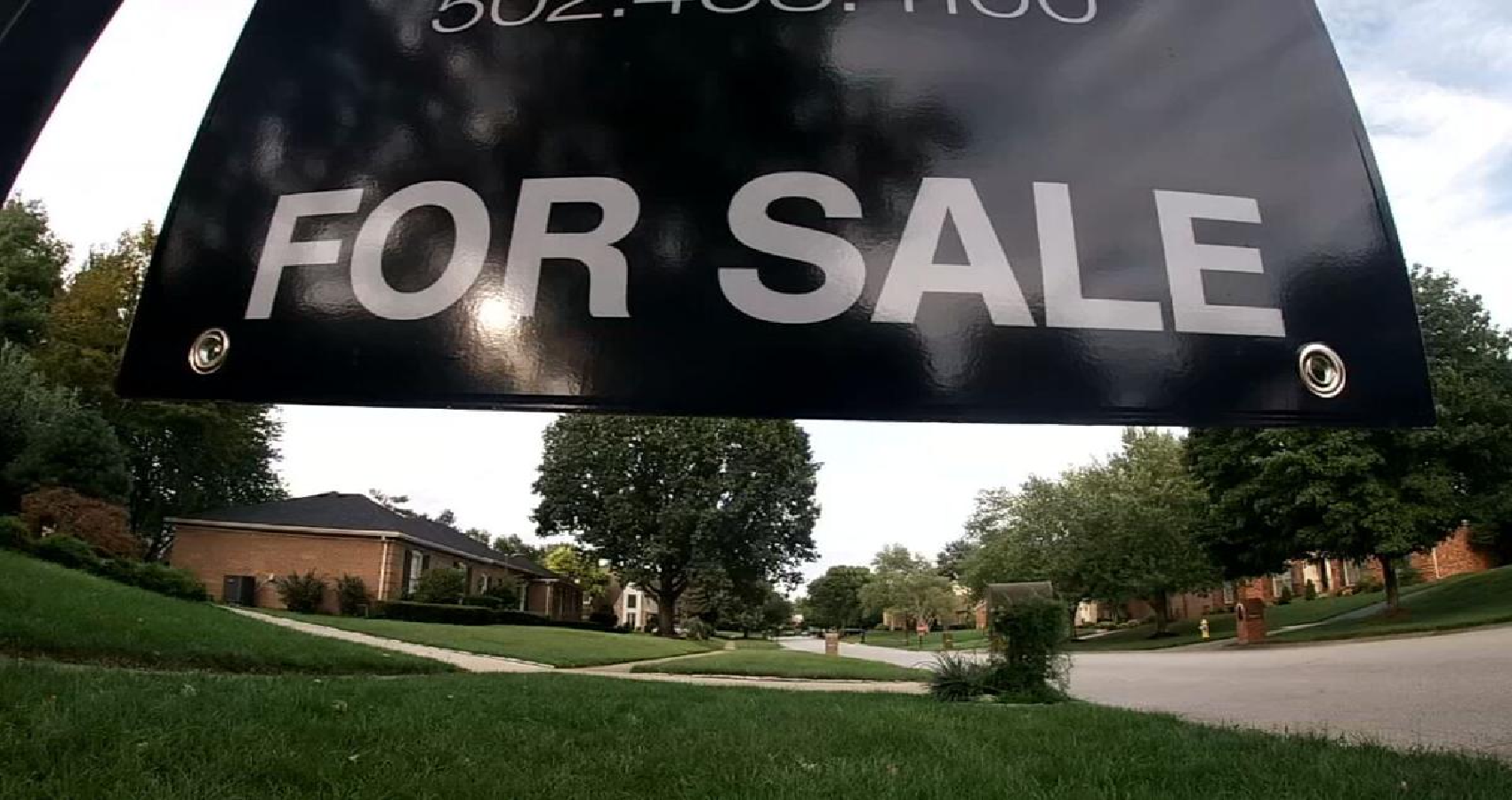Mortgage rates fell slightly this week, marking their third straight week below 3% amid signs of the recovering economy’s strength. Mortgage buyer Freddie Mac reported Thursday that the average for the benchmark 30-year home-loan rate eased to 2.96% from 2.98% last week. At this time last year, the long-term rate was 3.26%. The rate for a 15-year loan, popular among those seeking to refinance, slipped to 2.30% from 2.31% last week.
Lower rates are always good news for potential homebuyers and homeowners looking to refinance. But just how much is a .1% drop worth if you’re in the market for a new mortgage?
About $16 a month — that’s how much you could save for every reduction of .1% in the mortgage rate, according to data from NextAdvisor’s home affordability calculator. For a 30-year fixed rate $300,000 mortgage, each .1% drop would save about $6,000 in interest over the life of the loan.
These can be helpful figures to keep in mind, especially as rates continue to be volatile. Mortgage rates have gone up or down by 0.05% or more in 7 of 15 weeks so far in 2021, according to Freddie Mac’s weekly rate survey. Rates are just one factor to consider when deciding if it makes sense to buy a home or refinance a current mortgage, but it’s good to know the numbers when you follow the movement week to week.
Experts expect mortgage rates will increase this year. If you delay refinancing, or are in the market for a new home, steadily increasing rates can make a big impact to your bottom line over time.
Let’s say you’re considering a 30-year $300,000 mortgage. As of this week, 30-year mortgage rates are averaging 3.04%. Here’s what it would cost if we saw four increases of at least 0.05%, which we’ve already seen five times this year:
| Loan Term | Loan Amount | Mortgage Rate | Payment | Total Interest |
| 30 Years | $300,000 | 2.99% | $1,263 | $154,793 |
| 30 Years | $300,000 | 3.04% | $1,271 | $157,732 |
| 30 Years | $300,000 | 3.09% | $1,279 | $160,689 |
| 30 Years | $300,000 | 3.14% | $1,287 | $163,664 |
| 30 Years | $300,000 | 3.19% | $1,295 | $166,658 |
| 30 Years | $300,000 | 3.24% | $1,303 | $169,671 |
Each 0.05% interest rate uptick increases your monthly payment by approximately $8 and adds nearly $3,000 in interest over the full 30-year loan term. You can run these numbers on a new mortgage of any amount using our mortgage calculator, by changing the rate in increments of .05%.
Of course, any decrease of .05% or more will decrease your payment and interest with a new mortgage, though that’s only happened in 2 of 15 weeks so far this year. While experts don’t expect to see a long-term trend of decreases, every .05% drop saves you $8 per payment, and nearly $3,000 interest over the life of the loan.
When mortgage rates go up or down, it typically has a bigger impact on whether or not it makes sense to refinance. Lower rates make it easier to save money by lowering your monthly payment without extending your mortgage’s repayment term. As interest rates rise, it makes sense for fewer people to refinance because it’s harder to offset the upfront costs if you’re saving less month to month.
For a homebuyer, there are more considerations that impact the cost of purchasing a home than just your mortgage rate. As rates increase, buyers are more likely to offer less or look for lower-priced homes. And the opposite is true when mortgage rates drop. We’ve seen historically low mortgage rates, along with low housing inventory, combine to create a surge in home prices in recent months.
3 Things to Know, Regardless of Where Mortgage Rates Are
You may not have any control over the market forces that influence mortgage rates, but regardless of where rates move there are a few things you should always do before you apply for any type of mortgage, whether to buy or refinance.
1. Do the math
When you refinance an existing mortgage, the main goal is typically to save money, usually by securing a smaller monthly payment or saving on interest with a shorter loan term or lower interest rate. But a mortgage refinance costs money, usually 3% to 6% in upfront closing costs. So you should be sure you’ll be in the house long enough to offset those fees. For example, if your refinance fees are $9,000 and you’re saving $200 a month, it will take 45 months – almost 4 years – to save enough to offset the cost of refinancing.
With a home purchase, you need to make sure the monthly payment you’re committing to is affordable. The bank might be willing to lend you far more than what can comfortably fit into your budget. Depending on the type of mortgage, a lender may allow you to have a debt-to-income ratio (DTI) of over 50%. But your DTI doesn’t factor in every monthly expense and it’s also based on your gross monthly income, or what you make before taxes. So groceries, gas, and taxes won’t increase your DTI, but you still have to pay them every month. A good rule of thumb is your total debts shouldn’t account for more than 36% of your pre-tax monthly income.
2. Don’t try to time the market
Mortgage rates vary from one moment to the next and from lender to lender. Even if economic indicators can give us a good idea of the prevailing mortgage rate trends, there is no way to accurately know where they’ll move from day to day or week to week.
So don’t bother stressing about whether or not you’re getting the best rate ever. If now is the right time to buy a house and the payments will be affordable in the long-term, then go for. And if the numbers make sense for you to refinance, then don’t hesitate because you’re concerned that rates might decrease tomorrow.
3. Do look at your overall financial situation
Refinancing or buying a home aren’t decisions made in a bubble. So you need to take a broad view of your finances. Refinancing may save you hundreds a month, but would it be better to take the money you’re putting toward the closing costs and pay off your high-interest credit card debt? If you’re looking to buy your own place, how long do you plan to live there? If you need to move cities in two or three years, purchasing a home may not be the best move. The cost of taking out a mortgage and moving into a new home are likely to outweigh the potential gains in equity, which are typically small the first few years of home ownership.











